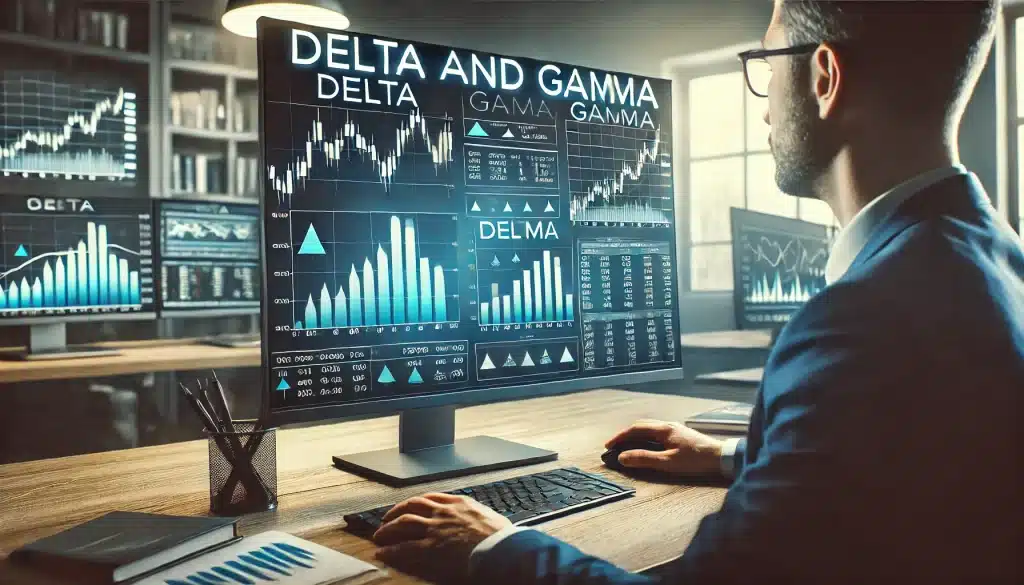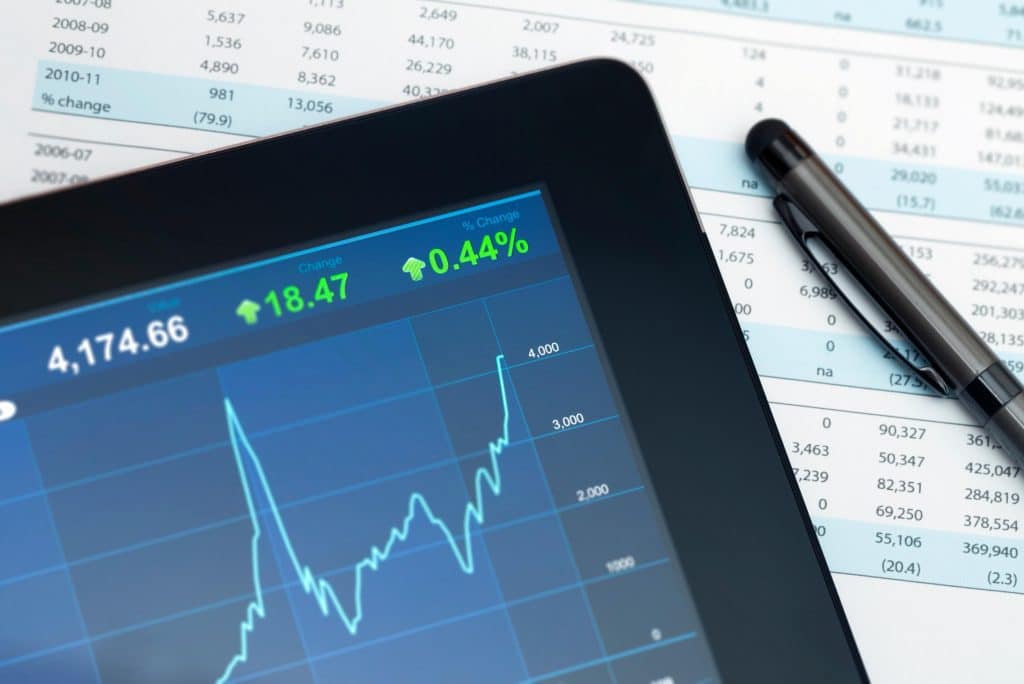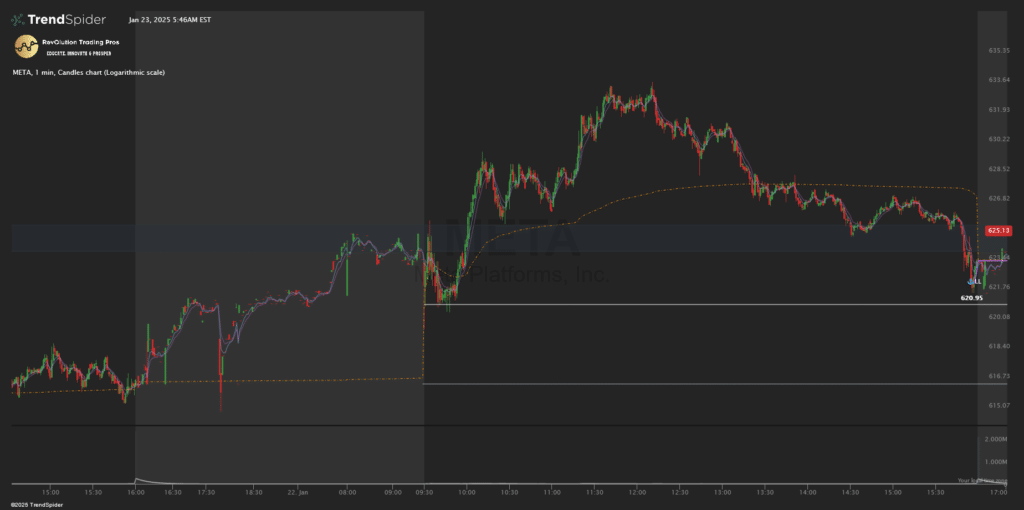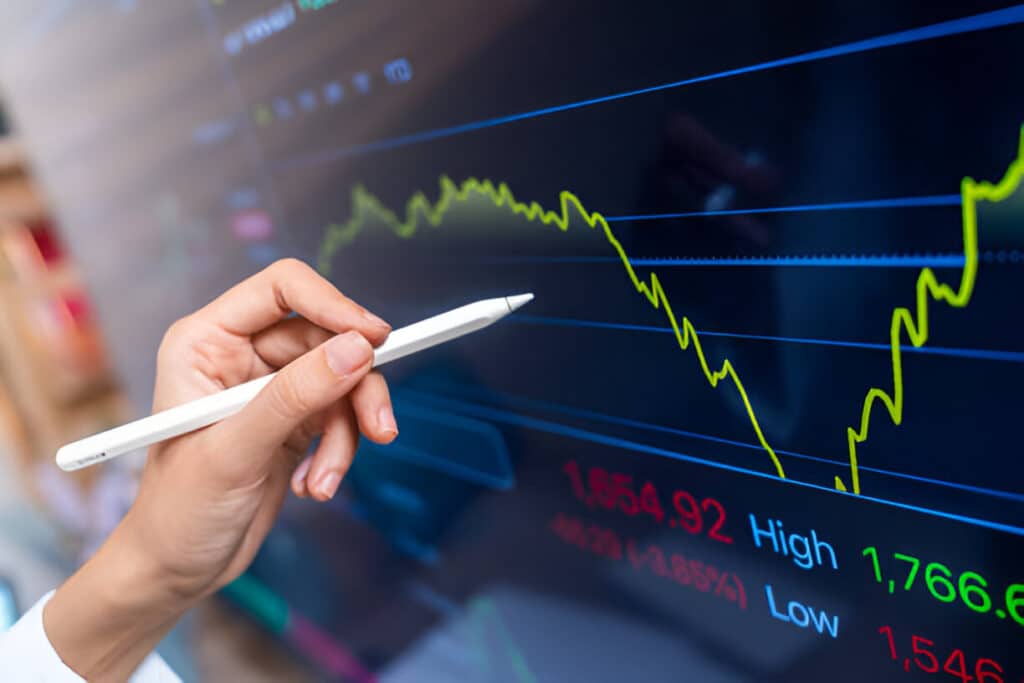A Comprehensive Guide on How to Trade Futures
A Comprehensive Guide on How to Trade Futures: Strategies, Analysis, and Risk Management
Introduction
Futures trading, a dynamic and potentially rewarding financial endeavor, has captivated the interest of traders worldwide. It combines the intrigue of financial markets with the challenge of predicting future trends. This guide is a deep dive into the world of futures trading, offering insights for both novice and experienced traders.
Futures Trading Strategies Futures trading is not a one-size-fits-all affair. Various strategies cater to different trading styles and market conditions. This section explores the most effective strategies in futures trading.
Understanding Market Trends The ability to read and understand market trends is crucial in futures trading. This section offers insights into market analysis techniques that help traders make informed decisions.
Risk Management Techniques No trading discussion is complete without addressing risk management. This section focuses on strategies to mitigate risks and protect investments in the volatile futures market.
Futures Trading Strategies
Futures trading strategies are pivotal in navigating the complex landscape of commodities, currencies, and financial instruments. Each strategy serves a specific purpose and is suited to particular market conditions.
Trend Following in Futures Trading
Trend following involves identifying and riding the momentum of market trends. Whether the market is bullish or bearish, this strategy aims to capitalize on the movement’s direction.
Hedging with Futures Contracts
Hedging is a strategy used to offset potential losses in one position by taking an opposing position in the futures market. It’s particularly popular among producers and consumers of commodities.
Spread Trading in Futures
Spread trading involves simultaneously buying and selling two related futures contracts. The goal is to profit from the change in the price difference between the two contracts.
Day Trading Futures
Day trading involves entering and exiting positions within the same trading day. This strategy is favored by traders who prefer short-term, high-frequency trading.
Swing Trading in Futures
Swing trading is about capturing gains in a futures contract over a period of a few days to several weeks. Traders use this strategy to take advantage of short- to medium-term market movements.
Understanding Market Trends
Analyzing market trends is an essential skill for successful futures trading. It involves a mix of technical analysis, fundamental analysis, and market sentiment.
Technical Analysis in Futures Trading
Technical analysis involves studying past market data, primarily price and volume, to forecast future market behavior. This approach is critical in futures trading for timing entries and exits.
Fundamental Analysis of Futures Markets
Fundamental analysis looks at economic indicators, supply and demand factors, and other qualitative and quantitative factors. This analysis helps traders understand the underlying forces driving market trends.
Market Sentiment and Its Impact
Market sentiment refers to the overall attitude of investors towards a particular market or financial instrument. Understanding sentiment can be key in predicting market movements.
Risk Management Techniques
Effective risk management is crucial in futures trading. It involves identifying, assessing, and prioritizing risks to minimize losses.
Setting Stop-Loss and Take-Profit Orders
Stop-loss and take-profit orders are essential tools for managing risk. They automatically close trades at predetermined price levels to protect profits or limit losses.
Diversification in Futures Portfolios
Diversification involves spreading investment across various assets to reduce risk. In futures trading, this could mean diversifying across different commodities, currencies, or financial instruments.
Understanding Leverage and Its Risks
Leverage allows traders to control large positions with a relatively small amount of capital. While it can amplify gains, it also increases the risk of significant losses.
Regular Market Analysis and Adjustment
Regular market analysis and adjusting strategies accordingly is vital for managing risk in the ever-changing futures market.
Futures Trading FAQs
- What is Futures Trading? Futures trading involves buying and selling contracts that obligate the parties to transact an asset at a predetermined future date and price.
- How Much Capital Do I Need to Start Trading Futures? The capital requirement varies based on the futures contract and the broker’s margin requirements. It’s possible to start with a few thousand dollars in many cases.
- What Are the Risks Involved in Futures Trading? Risks include market volatility, leverage risks, and the potential for significant financial losses if market movements are unfavorable.
- Can I Trade Futures as a Part-Time Activity? Yes, many traders trade futures part-time, focusing on strategies like swing trading or day trading that don’t require constant market monitoring.
- How Important is Technical Analysis in Futures Trading? Technical analysis is a critical tool for many futures traders, as it helps in making informed predictions about future market movements.
- What is the Best Way to Learn Futures Trading? The best way to learn is through a combination of theoretical study, analysis of historical market trends, and practical, hands-on experience.
Conclusion
Futures trading offers exciting opportunities but comes with its set of challenges. Success in this field requires a thorough understanding of various trading strategies, market analysis techniques, and robust risk management practices. With dedication and the right approach, trading futures can be a rewarding financial journey.
About The Author:
Billy Ribeiro is a renowned name in the world of financial trading, particularly for his exceptional skills in options day trading and swing trading. His unique ability to interpret price action has catapulted him to global fame, earning him the recognition of being one of the finest price action readers worldwide. His deep comprehension of the nuances of the market, coupled with his unparalleled trading acumen, are widely regarded as second to none.
Connect with us:





